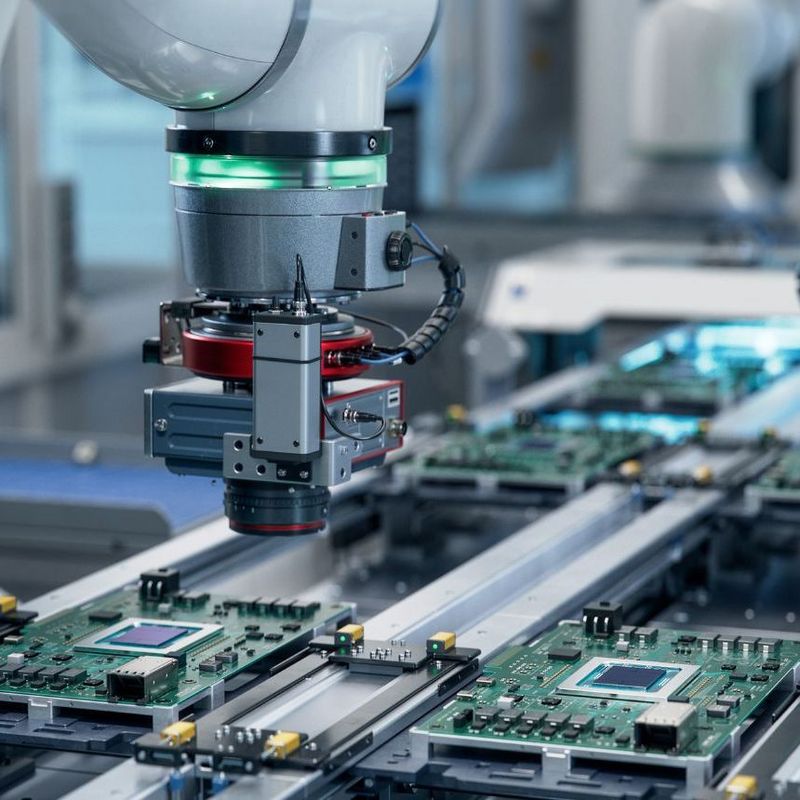20 january 2023
Silicon Valley has a new vision: the “Metaverse”. A virtual universe, in which the digital and analogue worlds are merged to form a borderless and interactive environment. But just how is the Metaverse going to catapult the Internet as we know it up to the next level? And when might it become a reality? We offer a forecast.
A global virtual reality in which people run around in the guise of avatars. That is a succinct description of the “Metaverse” which forms the subject matter of Neal Stephenson’s 1992 sci-fi novel “Snow Crash”. This outlines a digital alternative to the analogue world, comparable with today’s online role-playing games such as “World of Warcraft”, but without the overarching objective. Stephenson was not the first to come up with the idea of such a virtual parallel world. But his novel marked the point at which the idea and concept first insinuated themselves into the tech scene. One of the first digital incarnations of a metaverse of this kind was “Second Life”, which was released 20 years ago. Users were able to stroll through virtual landscapes, cities or shops and use their avatars to interact, play or go shopping – and even to get married. But the overall look of the thing, its technology and, not least, the available options for action meant that it was unable to match up to real life. Once the initial hype had subsided, “Second Life” quickly emptied. The progress made in computing performance, Internet speed and virtual and augmented reality technologies now looks set to bring the vision of the virtual universe a step closer to reality. Offering possibilities that ever larger numbers of companies are keen to exploit.
One, two, three – many metaverses
Meta, the new company which heads up the Facebook group, intends to create an all-encompassing metaverse which will cover every aspect of life. An “embodied Internet”, as Mark Zuckerberg has it. The tech entrepreneur is clearly convinced “that the metaverse will be the successor to the mobile Internet. We will feel like we’re present – as if we were actually with other people, no matter how far away from each other we are in real life.” A vision that the group aims to bring to life with its “Horizon Worlds” VR platform. And on its way to realising that vision, the social media giant has managed to recruit a powerful competitor: Microsoft has announced that it will offer its Office software for Meta’s mixed reality headset, the “Quest Pro”. This would make it possible to use the goggles to hold meetings on Teams in a virtual room. Epic Games, too, is looking to develop its “Fortnite” online game ever more fully into a metaverse. Art exhibitions, short film festivals and concerts are already taking place there, some of which are attracting audiences running to the tens of millions – which is hardly surprising when you consider that there are over 400 million registered users. The graphics card and AI company Nvidia has instead chosen to focus on the world of work. Teams from around the world can use its “Omniverse” to remotely create 3-D objects and models or carry out simulations. Siemens Energy is using the system to simulate the operation of power stations courtesy of a digital twin, and BMW has been deploying it to plan car plants. Ericson is using the platform to create digital twins of cities to allow it to plan the construction of 5G networks more effectively. Nvidia itself wants to do nothing less than to use an AI supercomputer to construct a digital twin of the Earth in its “Omniverse”, with the intention of improving predictions and enhancing understanding of the effects of climate change. But the expectation is that VR technologies will open up new opportunities in medicine as well. For instance, developers at the Houston Methodist Institute for Technology, Innovation and Education (MITIE) have created a virtual reality environment in which users can use 3D models of the human body to train in carrying out surgical interventions. The aim is to democratise access to medical training. “This could be the first step in the development of a medical metaverse,” says Stuart Corr, the platform’s inventor.
It's no secret that Meta wants to create an all-encompassing metaverse. with its VR platform "Horizon Worlds", it aims to achieve this.
Practising surgical procedures on human 3-D models? That's already possible, too - and thus improves medical education.
Standards for the metaverse
What connects all these approaches is their difference from each other. The metaverse which covers every aspect of human life, as described by Stephenson in his novel, is not yet on the horizon. Uniform interfaces and standards will be required to connect the different metaverses with one another. With the aim of accelerating this development, tech firms joined forces in June 2022 to found the “Metaverse Standards Forum”. Their declared aim is not to establish one single, all-encompassing metaverse, however. Instead, they are seeking to develop technical standards and solutions by means of which the various metaverses will be able to communicate with one another. According to this association of tech companies, which includes Microsoft, Epic Games, Google, Nvidia, Intel and Meta but also Deutsche Telekom and Ikea, these will be essential for an “open and inclusive metaverse”.
The flip side of the digital opportunities
Exactly what the metaverse – or, more accurately, metaverses – will look like in the future is still in process. In the ideal scenario, it will, like the Internet, be decentralised – not controlled by anyone, as is proposed in the approach of the “Metaverse Standards Forum”. But it is equally possible that, as is the case with search engines and social media platforms, a few big players will prevail over the rest. Critics fear that the true motivation behind Zuckerberg’s metaverse plans is to gain unfettered access to the data of its users. As far as philosopher Anna-Verena Nosthoff is concerned, the Facebook group is interested above all in “expanding its own sphere of control and emancipating itself from Android and iOS, for example with its own VR goggles.” Such were the views expressed to Spektrum.de by the co-director of the Critical Data Lab of Berlin’s Humboldt University.
Expandable interests
Be that as it may, it is clear that, contrary to the hopes of some metaverse movers and shakers, the anticipated flood of users has not yet materialised. It is admittedly true that, in the Metaversum Decentraland, which is based on the “MANA” cryptocurrency, virtual properties are being sold for a million US dollars apiece. However, with some 56,000 monthly users according to its own figures, the digital world is not attracting large numbers of visitors. Meta’s “Horizon Worlds”, in contrast, is getting up to 200,000 visits per month. And yet, this is a vanishingly small number compared to the 500 million users who are active on Instagram. This may be down to the outdated graphics and modest range of interesting games and applications which are complained about by testers, with another factor likely to be the limited spread of VR goggles. The headsets have become increasingly versatile, for sure, but they can’t do nearly as much as would be expected for an immersive and intuitive experience. And, with price tags of 500 euros or more plus the need to buy more powerful and expensive computers, they are currently only being used by a small group of gamers, tech pioneers and professional users. If billions of people really are going to be brought together in real time in an immersive metaverse, then computing power will also need to increase significantly. According to Intel manager Raja Koduri, this would require “a one-thousand-fold increase in current computing efficiency.” It is therefore likely to take some considerable time for digital parallel worlds to compete with analogue reality.
Fortnite" gamers are discovering the metaverse - manufacturer Epic Games is pushing ahead intensively with further development.
Fast, precise, efficient: The BMW Group uses NVIDIA's "Omniverse" to take virtual factory planning to the next level.







